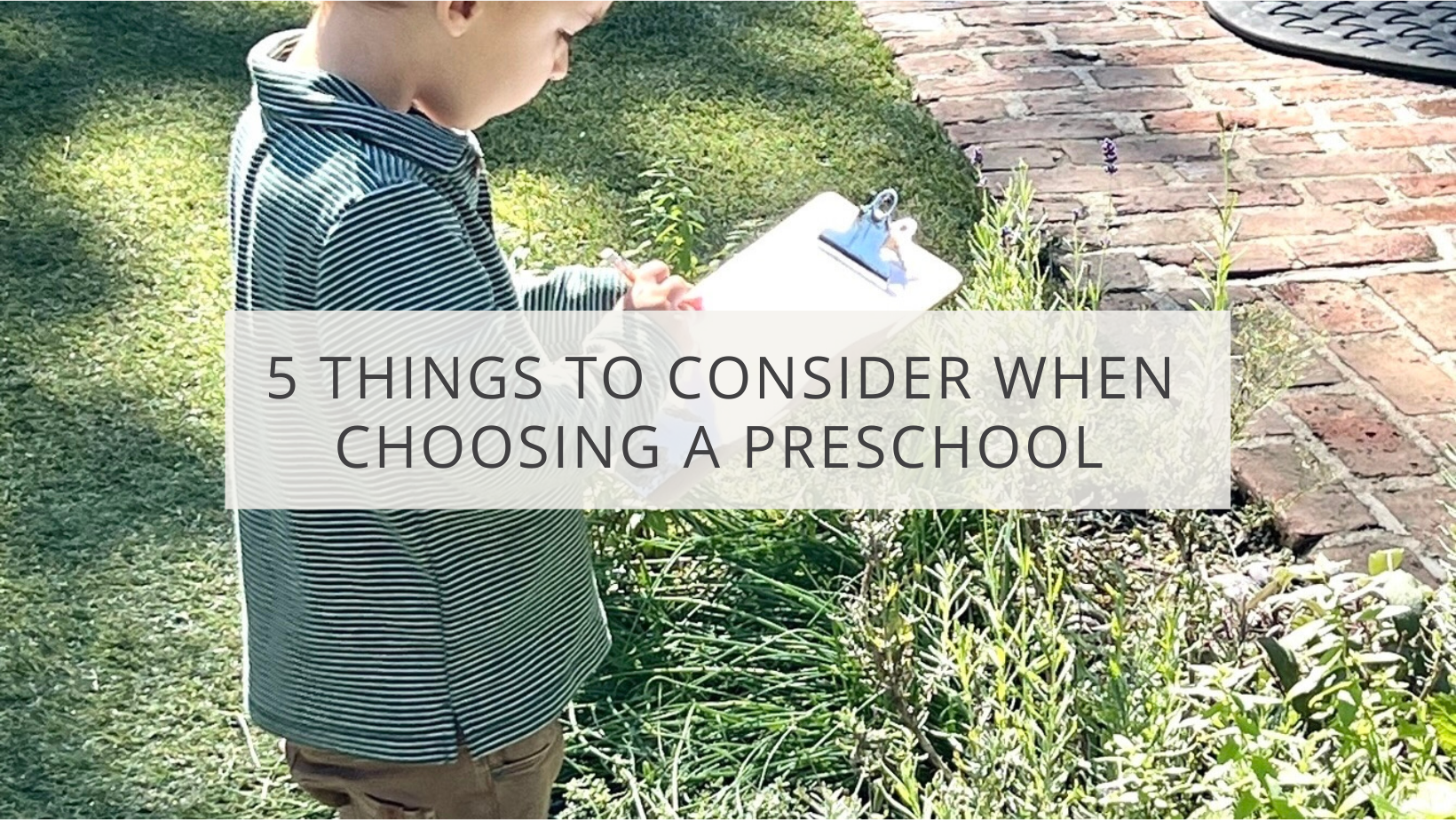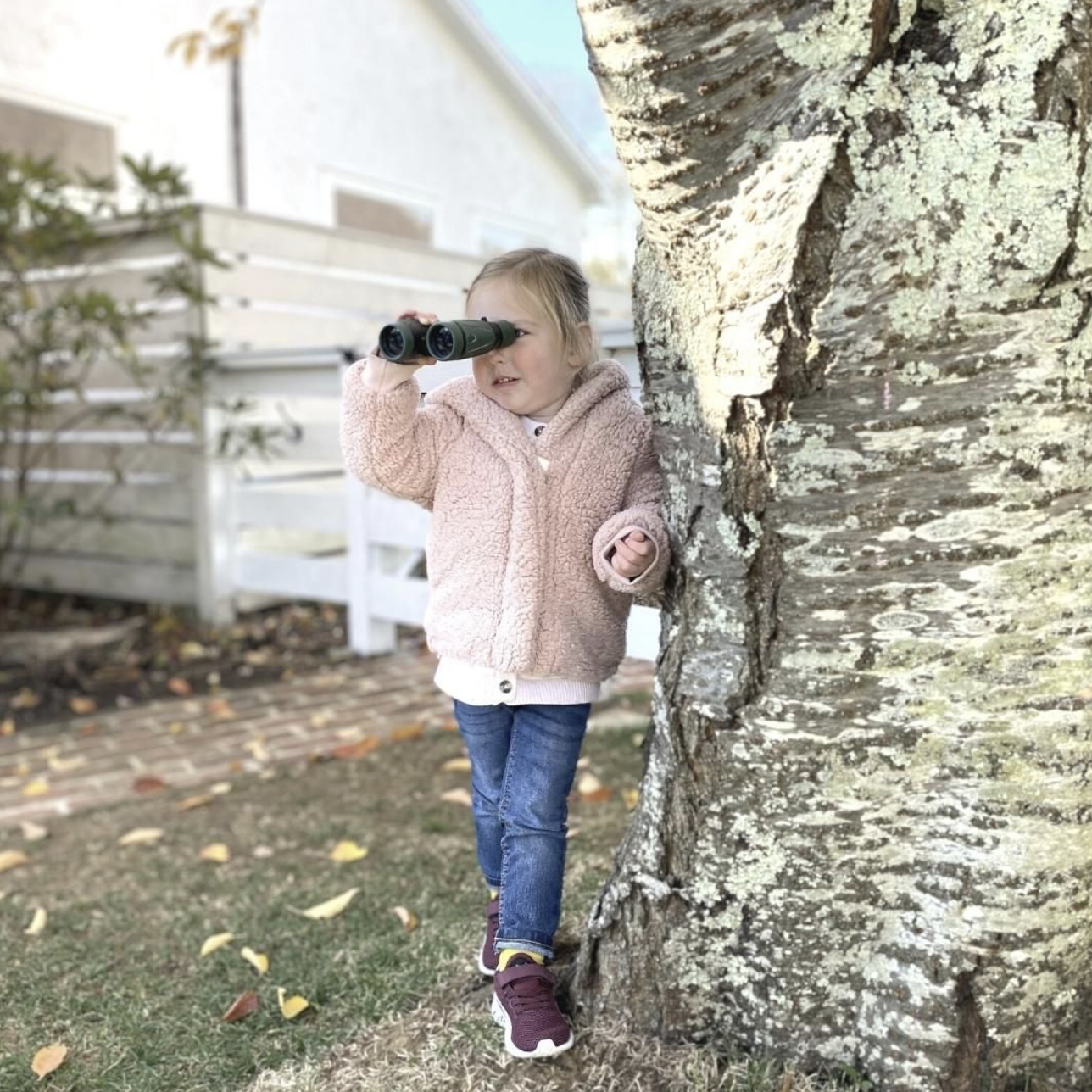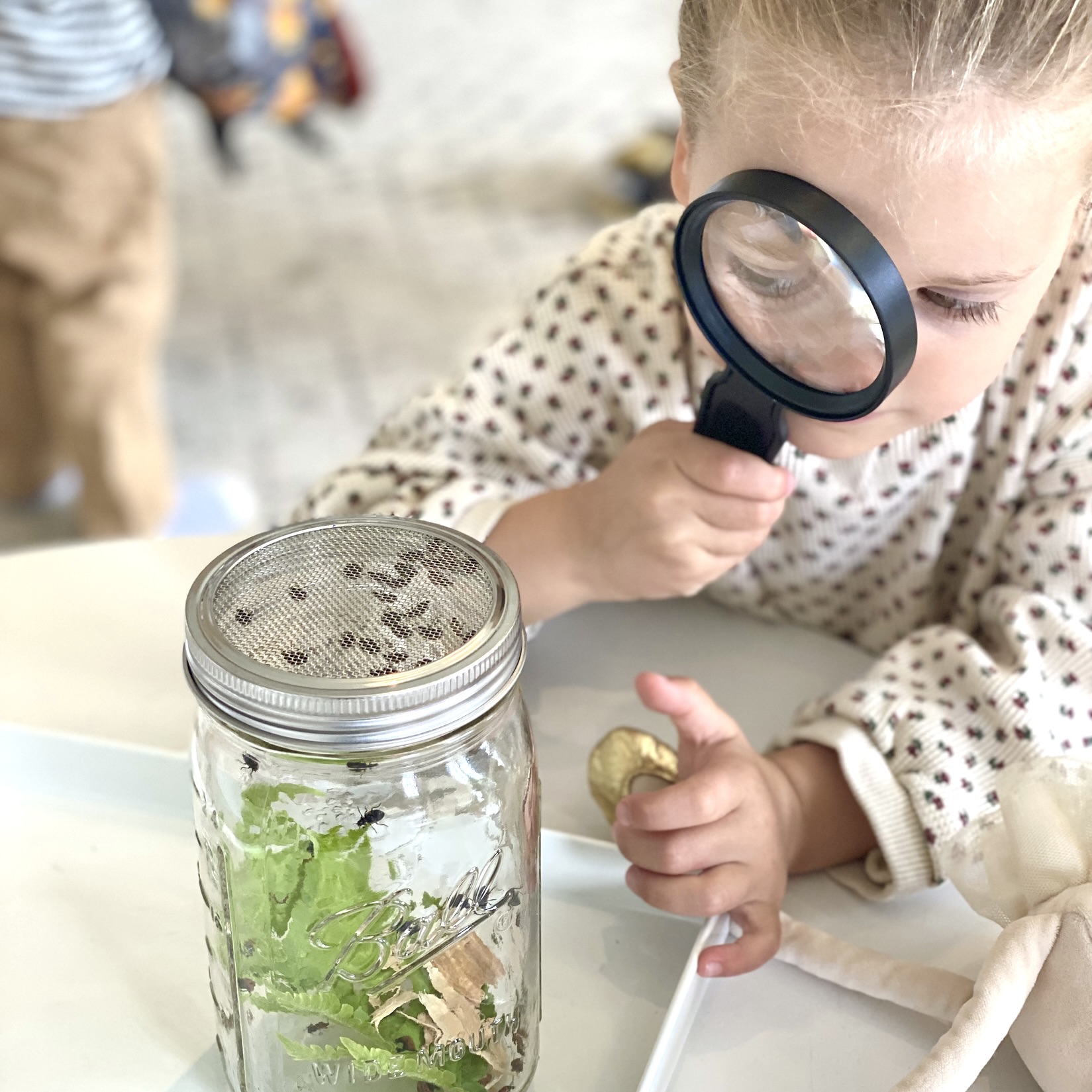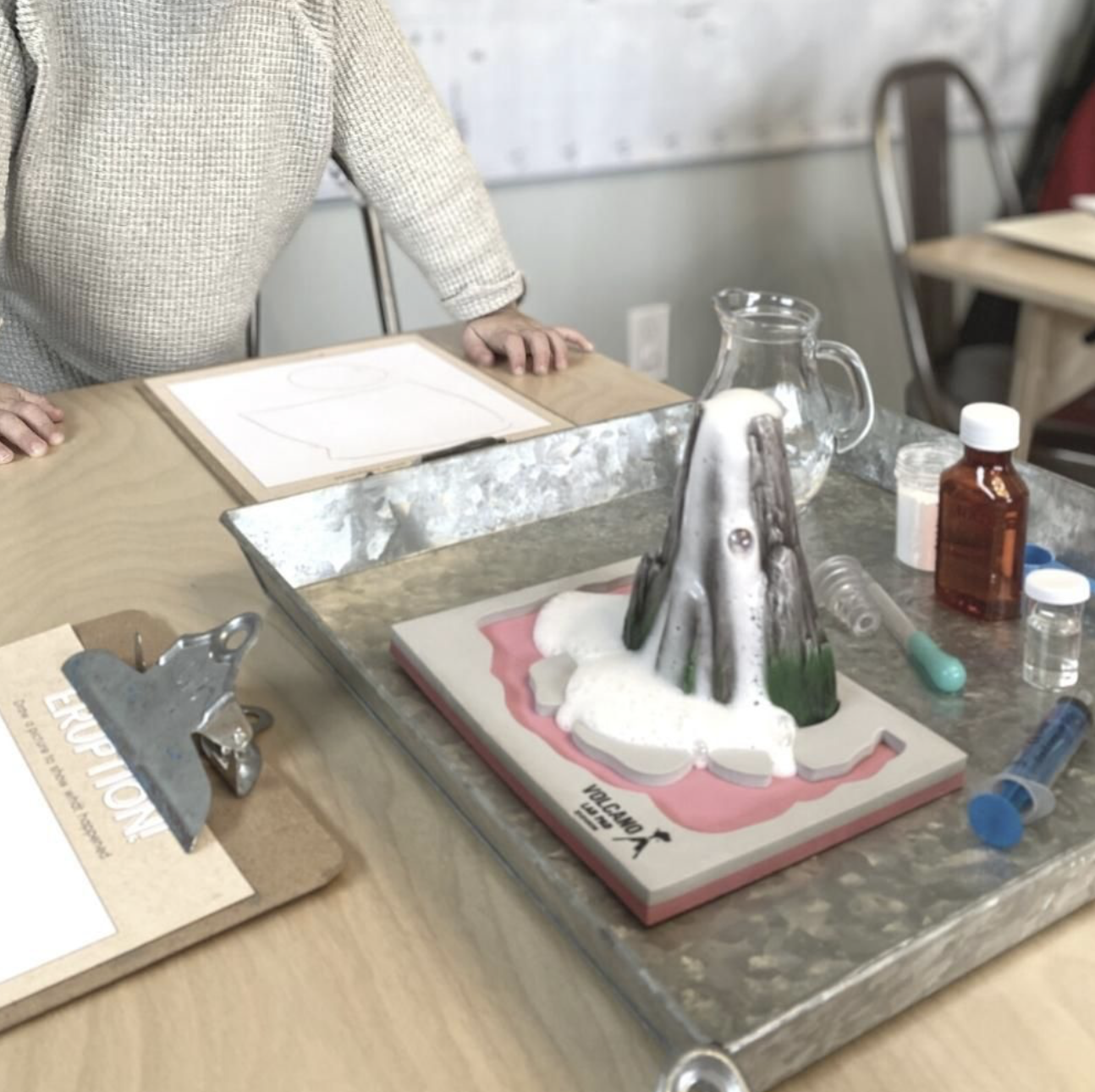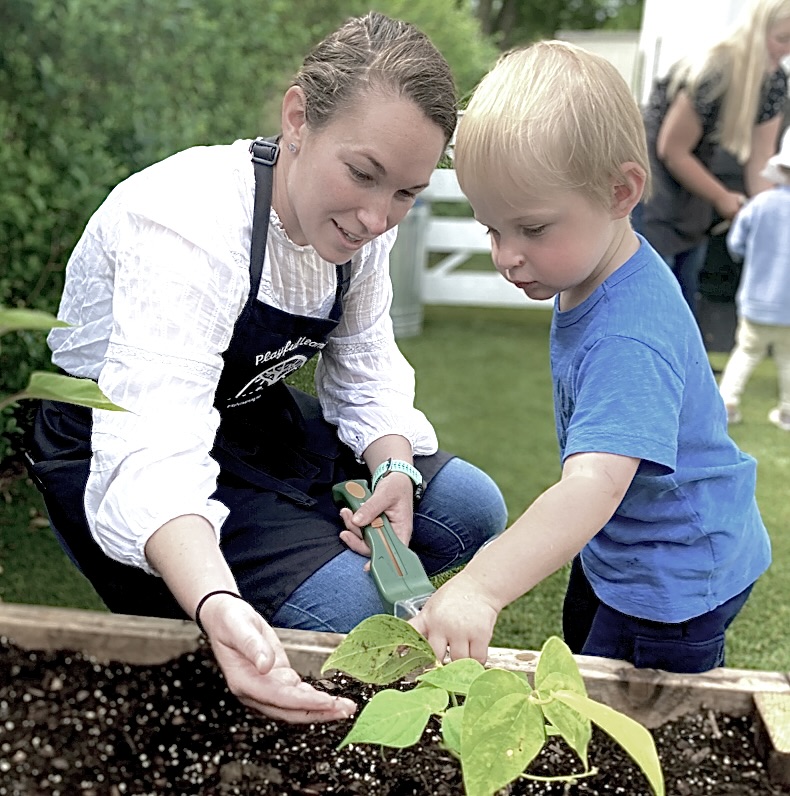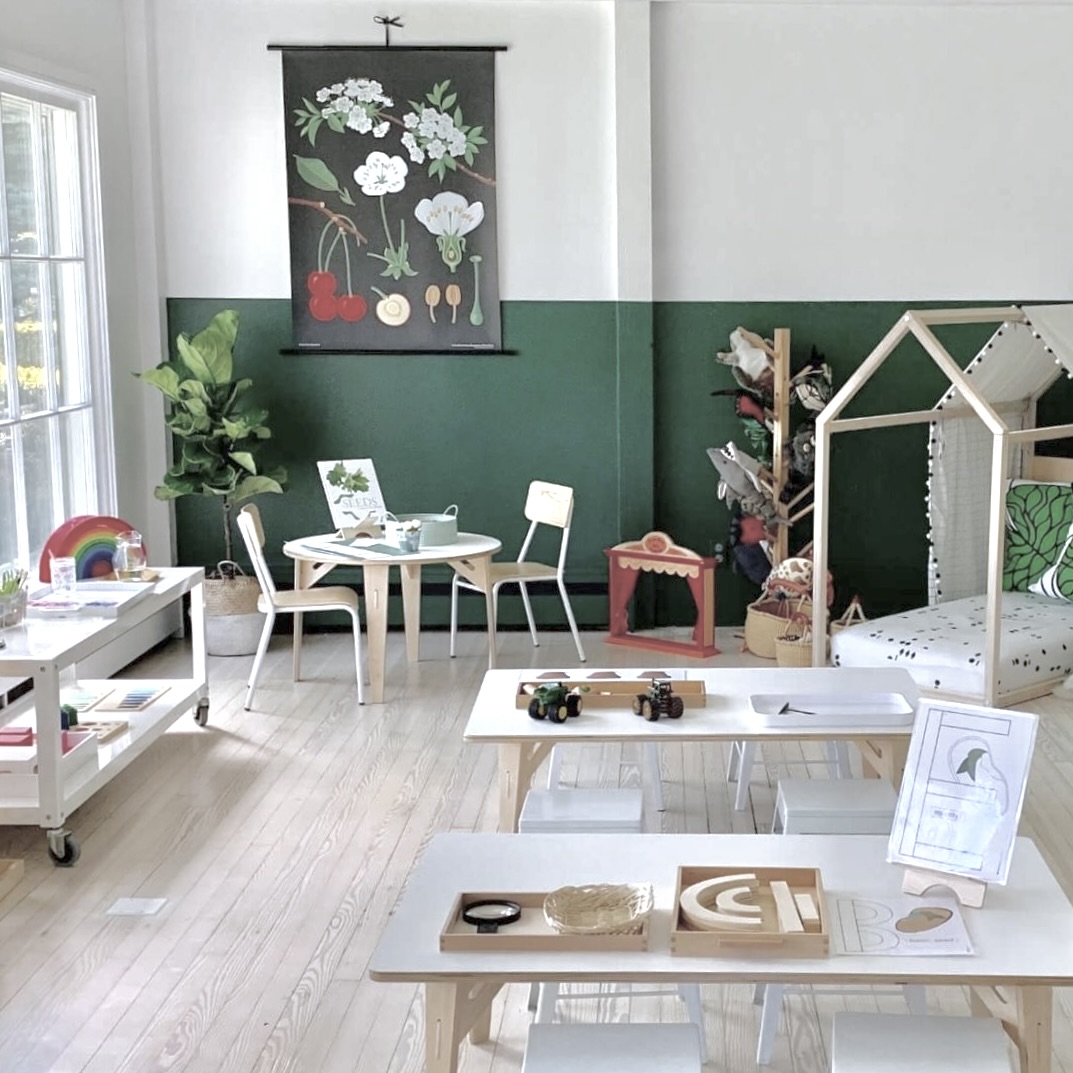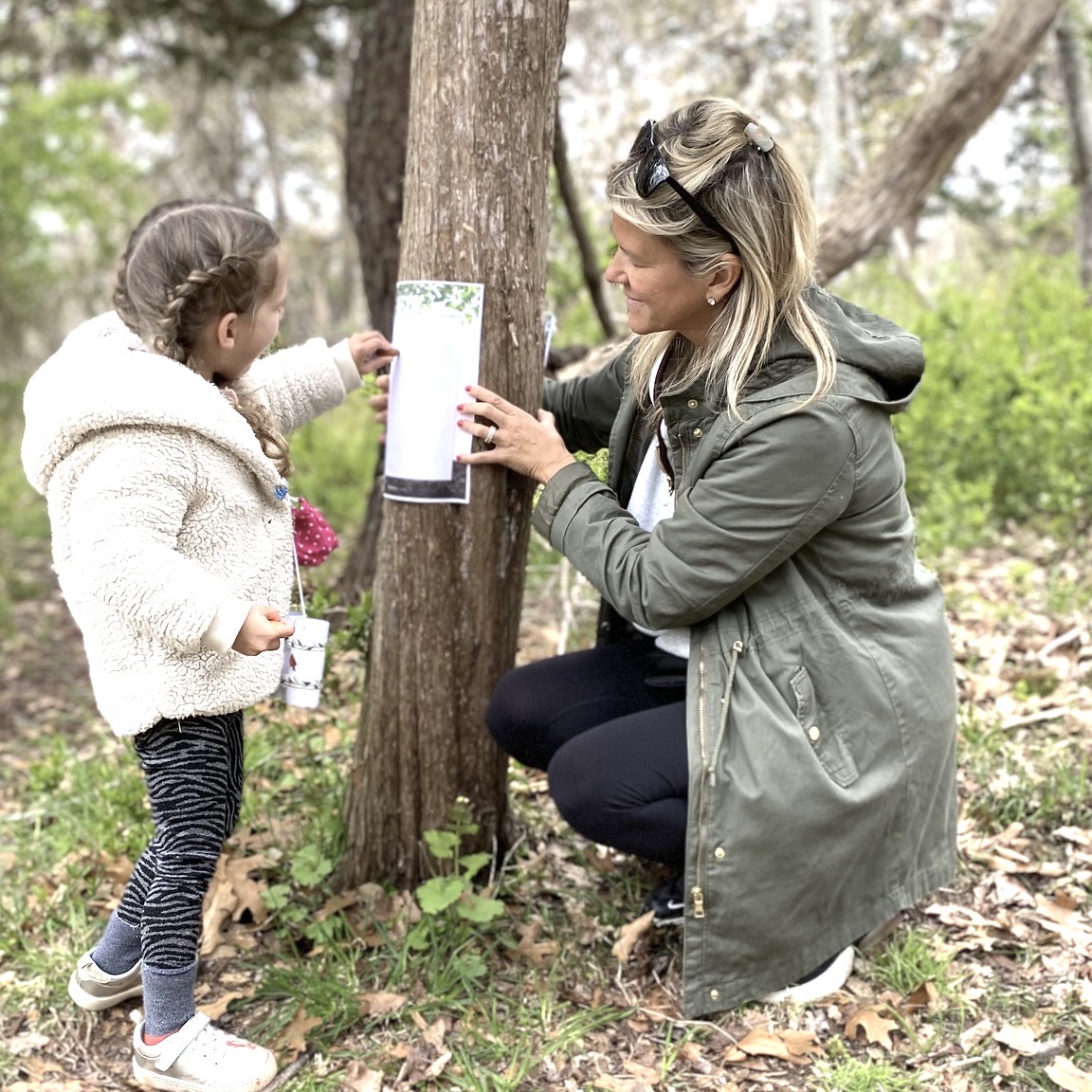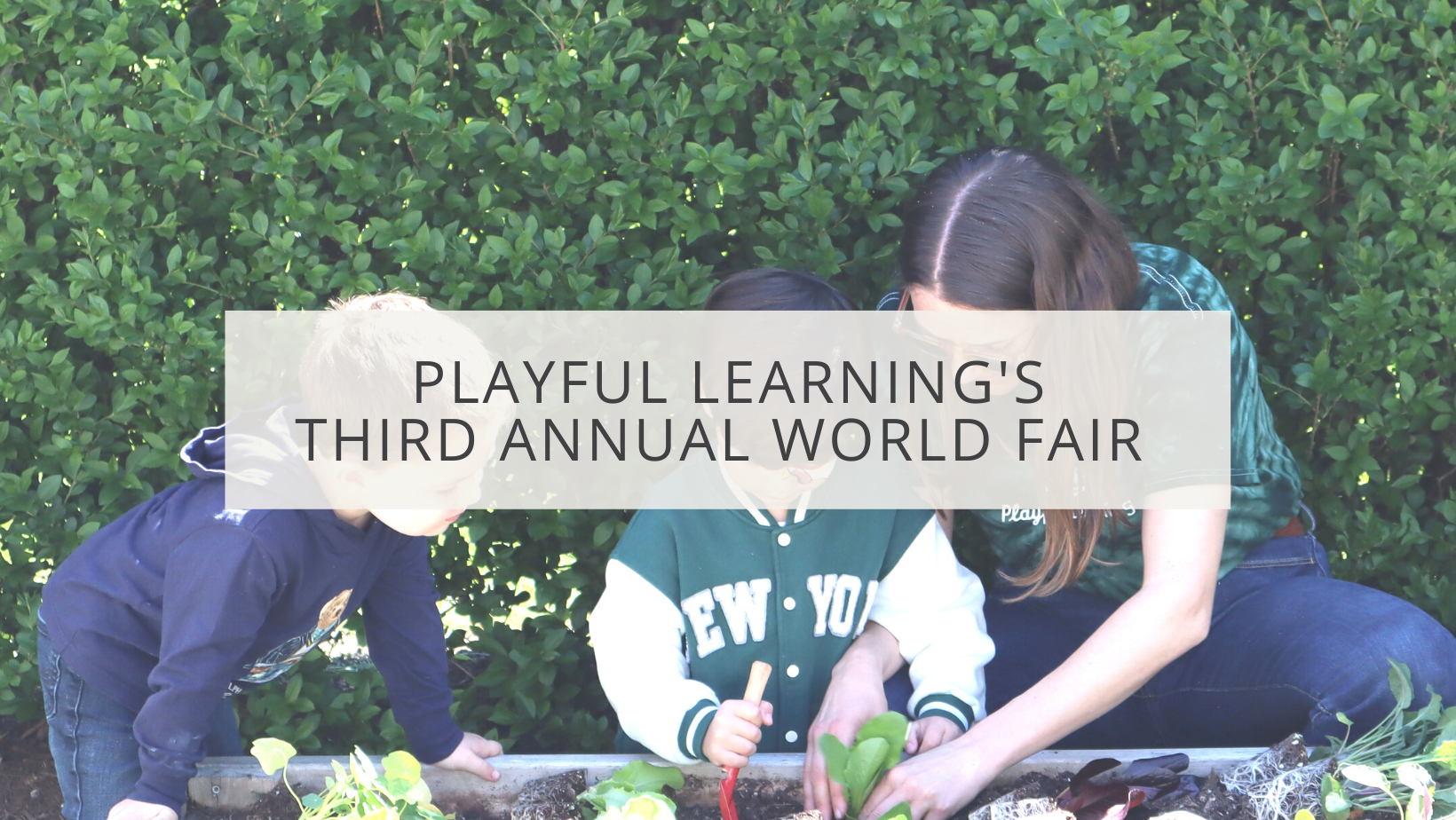We are in the midst of admission season at Playful Learning Studio, so we thought it would be helpful to share some things to consider when choosing your child’s first school.
The early childhood years are pivotal in establishing important habits of heart and mind that last a lifetime. A positive and productive preschool experience helps instill intrinsic motivation, independence, competence, and confidence that serve as a solid foundation through the rest of your child’s academic journey and life.
Of course, there are important, yet obvious, details such as price, location, and if the school’s hours meet your childcare needs. However, there are many other aspects of an early childhood program that you should also keep in mind when trying to find the perfect fit for your child.
BUT, before we dive into important questions to ask potential schools about their philosophy, curriculum, and more… There is one critical element you can’t ignore. TRUST YOUR GUT.
START HERE: TRUST YOUR GUT
The importance of trusting your intuition during the parenting years is mistakingly undervalued. Your child’s first school is an important decision, and you know your little learner better than anyone else.
Follow your gut reaction when visiting schools, having informational calls, and engaging in conversations with other children and families who are a part of the school community. Trust your intuition when it comes to the atmosphere of the school, the interactions between the faculty and children, and your overall impression of the school culture. Listen to those little voices within yourself as you move through the selection process.
Below are some good questions to ponder:
- Do you connect with the school leadership?
- Do the teachers seem friendly and engaged?
- Are the families and children who attend the school happy with their experience?
1. PHILOSOPHY
At the root of every decision a school makes is its underlying philosophy and view of children.
Are children empty vessels that need to filled? Or, are they unique individuals who have a lot to share and want to make the most of their environment?
You are the expert on your child and you know how unique and wonderful they are. Your child’s school should also see them this way.
Children are strong, resilient, compassionate beings, rich with potential, who have so much to offer the classroom experience. Look for signs that schools feel this same way. This can be evident in their approach to teaching and learning, as well as how they deal with other important things like gently guiding a child through separation or toilet training.
- Are they meeting each child where they are and curating an experience from there?
- Are they aiming to support each learner as an individual?
- Do they honor each child’s unique strengths?
2.CURRICULUM
Once you find a school that’s a good fit philosophically, it’s important to look at the curriculum it offers. For, it’s in the implementation of the curriculum where the true magic happens in a classroom (or not). Implementing an engaging, hands-on curriculum, where children love to go-to-school everyday and make demonstrable academic progress is both a science and an art. Look for signs that the school is walking the talk.
A hands-on, interdisciplinary approach that allows for meeting the individual needs of each child is important—yet difficult to achieve. During the preschool years, children develop at very different paces and there is a large continuum of development that takes place. Ask how the school differentiates their activities for children at varying levels of development.
Ask how children spend their days and what type of studies they will be embarking on. Ask about the role of art in the program, as it is critical that children are constantly building, making, and creating with their hands at this age. If your child being exposed to early literacy and numeracy is important to you, make sure to find out when that begins and how it is presented to young children.
It’s also helpful to know how often work will come home, as it’s a wonderful way to spark conversations with your child about what they are doing at school and to see their progress throughout the year.
Additionally, a curriculum that has a connection to the natural world brings in the sense of awe and wonder that keeps students engaged and connected to a universe of never-ending explorations.
- Does the school allow children some autonomy in their learning?
- Is there a balance between independent choices and group experiences?
- Do teachers have the resources and training to differentiate learning for students with different needs?
3.THE TEAM
Teachers are heroes, and the genuine connection between them and their students is at the heart of all teaching and learning.
How a school’s leadership supports its teachers, says a lot about its priorities.
It’s important to inquire into the school’s policies and programs for continuing education for their staff. This can include things like health and safety training and can also include ways the school supports teachers in being lifelong learners, just like their students.
Another important factor to consider when choosing a preschool for your child is the teacher-to-child ratio. A low teacher-to-child ratio means that there are fewer children in a class with one teacher, allowing for more individualized attention and support for each child. This is particularly important in early childhood classrooms, as young children have unique learning needs and require a lot of individual attention and guidance. Teachers with lower ratios can also provide more meaningful and beneficial feedback to the parents and can make sure the children are meeting the developmental milestones.
- Are teachers empowered, engaged, and happy?
- What type of professional development do schools offer both internally and from outside organizations to teachers?
- Do teachers collaborate and work together?
- Are teachers and the administration on the same page?
4.THE PREPARED ENVIRONMENT
There is nothing that fosters independence and inspires creativity within children more than a thoughtfully prepared indoor and outdoor environment. Every decision about presentation, organization, and selection of materials will have an impact on how children interact with and make the most of their surroundings.
Classrooms and outdoor space should be inviting, well-maintained, and designed for the size and age of the children. Materials should be organized, and children should be able to access things with independence.
The environment should ideally strike the right balance between being calming and inspiring. There should be spaces that allow for group work, independent work, whole class meetings, as well as large motor movement.
A great question to ask yourself while visiting a school is if everyone is engaged. This means children and adults. Preschools should be filled with energy, at times calm and at times lively, but always engaging.
- Would I want to learn here?
- Can you see your child engaging in the learning experiences presented in the classroom?
- Is the school environment child-centered and inviting?
- Do the materials in the classroom provide multiple ways for children to express their understanding?
5. HOME-TO-SCHOOL CONNECTION
A strong connection, support, and communication between home and school are crucial for the success of your child’s education. As the saying goes, “It takes a village to raise a child.” When your child enters preschool, their village starts to expand. Relationships between families, teachers, and administrators function best when they are partnerships.
Make sure to ask how communication flows throughout the day and year. Look for a preschool that encourages and facilitates regular communication between parents and teachers, and that provides opportunities for parents to be involved in their child’s learning.
A good preschool will also share student work with families and send home student portfolios, which will allow parents to see their child’s progress and be a part of their learning journey.
- Are there messaging apps, parent-teacher conferences, newsletters, and/or websites?
- Do they offer an inside glimpse into the classroom through photo sharing?
- Does the school offer parent education or support?
- Are there events throughout the year where you can experience a bit of your child’s day?
- Does the school provide resources for supporting your child’s learning at home?
Selecting a preschool for your child requires careful consideration of multiple factors, such as alignment with the educational philosophy, school culture, and most importantly, trusting in your intuition.
By weighing these elements, you can find a preschool that provides a stimulating and nurturing environment for both you and your child during the early childhood years.
IN THE STUDIO
If you would like to find out more about how Playful Learning handles these topics at our studio in East Hampton, NY, please visit our studio website.
